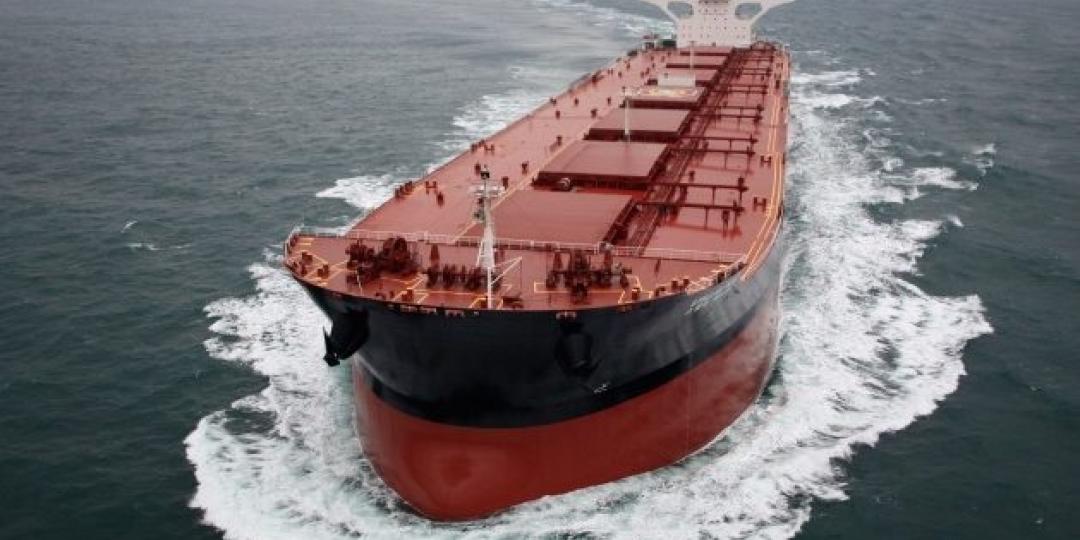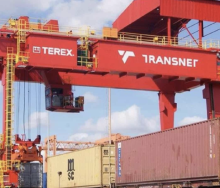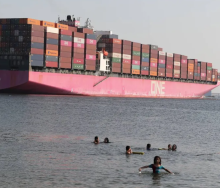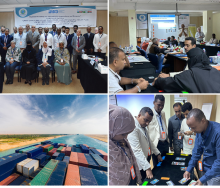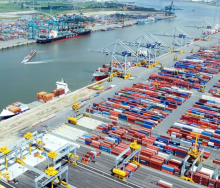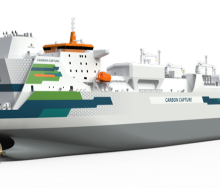The ghosts of past cargo disasters may be coming back to haunt Polaris Shipping, the South Korean owner of the very large ore carrier (VLOC), Stellar Daisy, that sank off the coast of Montevideo laden with iron ore bound for Busan in China.
Of the eight Korean and 14 Filipino sea farers that manned the 266 000 tonne ore carrier, only two survived.
Since then, a representative for the families of the crew, Daniel Park, has been spearheading attempts to search for the missing mariners presumably dragged asunder along with the Daisy in March 2017.
The disaster made for massive insurance claims as swirling accusations appeared to confirm that the liquefaction of heavy metals caused an existing fracture in the ship’s hull to rapture before splitting the Daisy in two.
A little over two months after the carrier went under Polaris Shipping reached a settlement with the families involved, refusing to disclose the capital amount.
But the plot thickened behind the scenes as Brazilian ore producer Vale confirmed that it was “losing faith” in the VLOC-fleet it was chartering.
This emerged after it became known that the Stellar Hermes, Stellar Unicorn, and the Stellar Queen, all of them bulk carriers owned by Polaris, were structurally unsound.
Park’s persistent lobbying that South Korea’s government launch a search party for the bodies of the Daisy’s crew, despite the pay-out, didn’t make matters easier.
In the most recent developments Polaris denied that Vale has stopped using some of its VLOC vessels, a move that’s widely regarded as possibly having significant implications for bulk shipping.
As the government of South Korean President Moon Jae-In seemed poised to start looking for the Daisy in Uruguayan waters, Polaris’ website carried a statement against plumbing the depths for the ship’s secrets.
The statement read that the $4.4m could be better spent preventing similar accidents because the Daisy’s last resting place of 3000 meters is apparently too deep for an undersea mission to succeed.
Polaris has since denounced the statement, saying it was posted by a former employee.
It has also denied petitioning Uruguay to put a stop to search operations.
But questions remain why the Daisy went under so quickly.
Was it because of a sudden change in the carrier’s cargo, leading to weight dispersal and the subsequent disaster?
And why did it take so long before the crew’s emergency call was answered?
If the Daisy’s black box is brought to the surface, all may be revealed.
